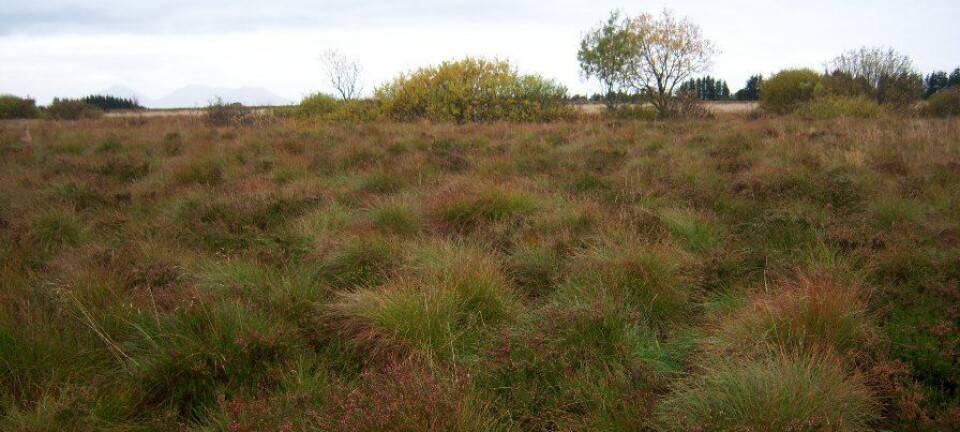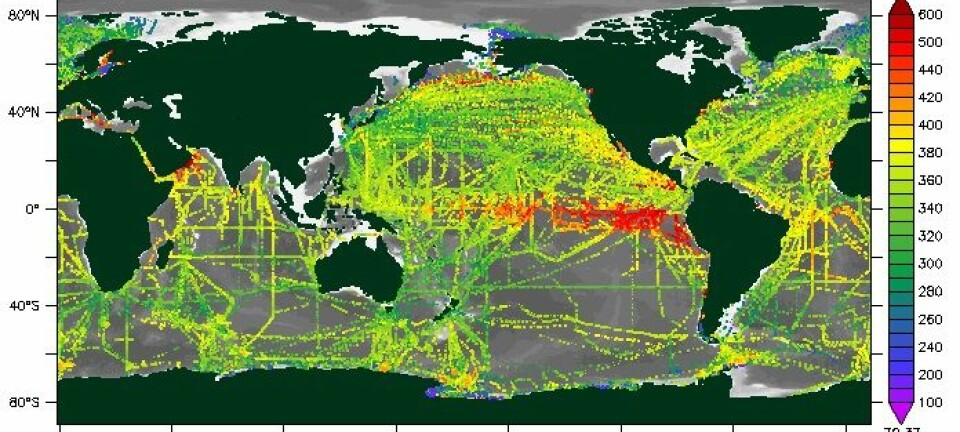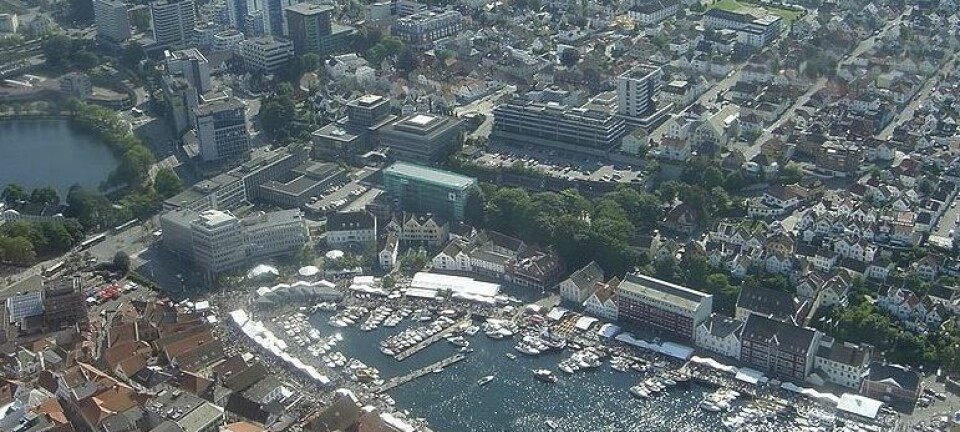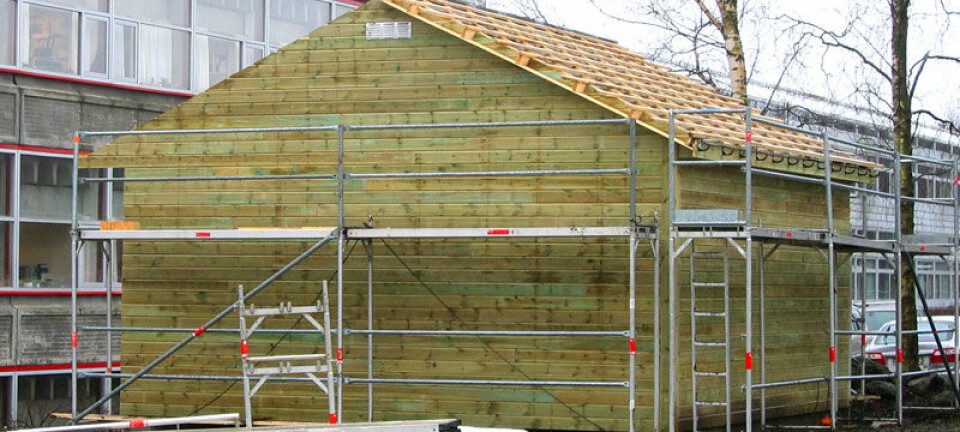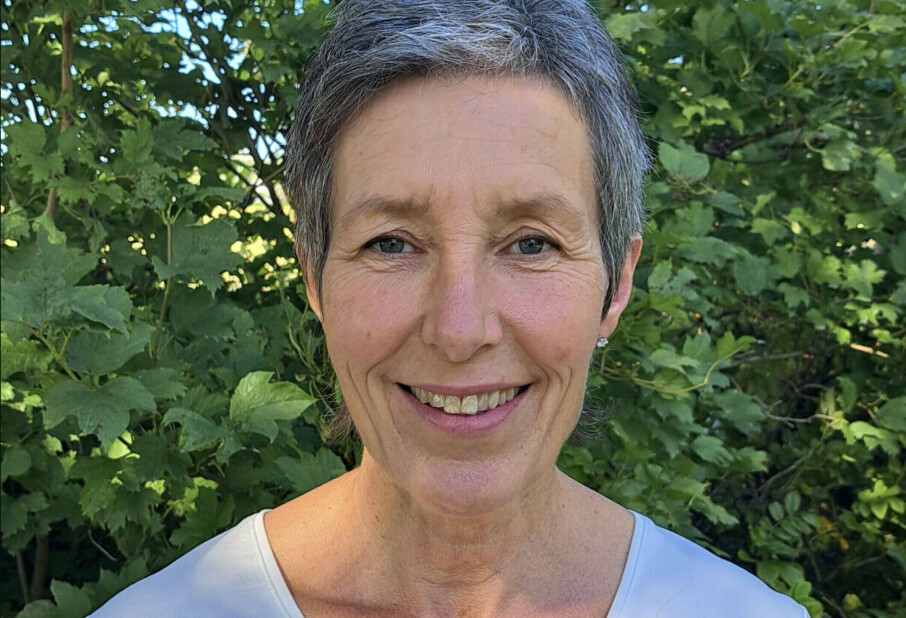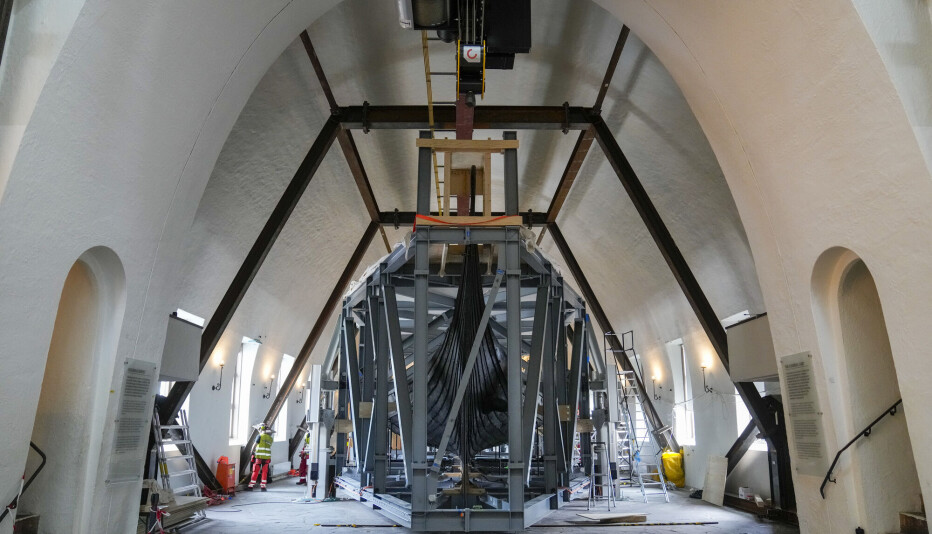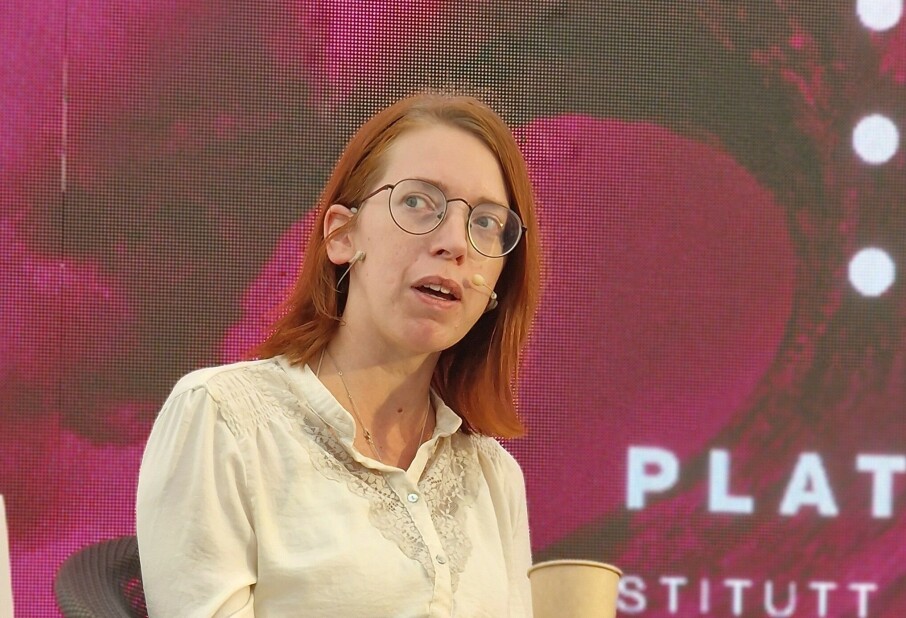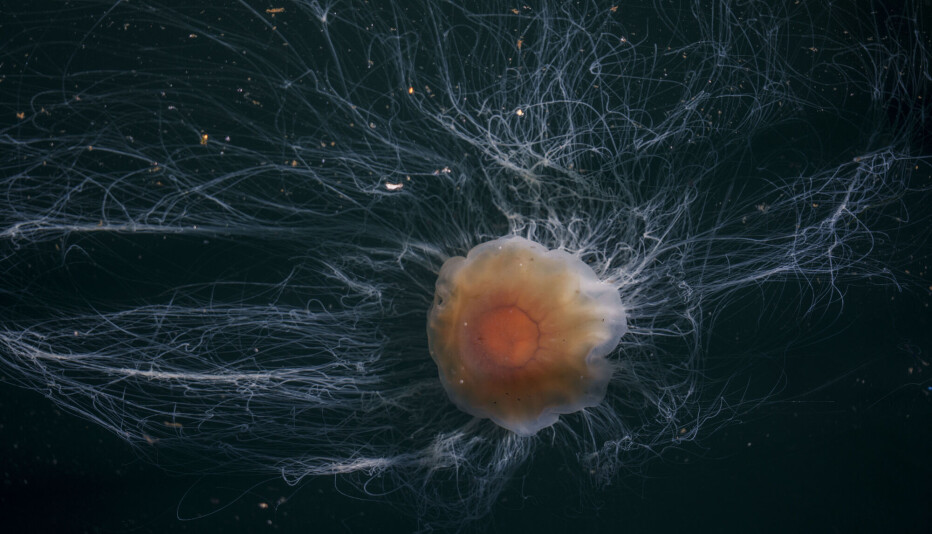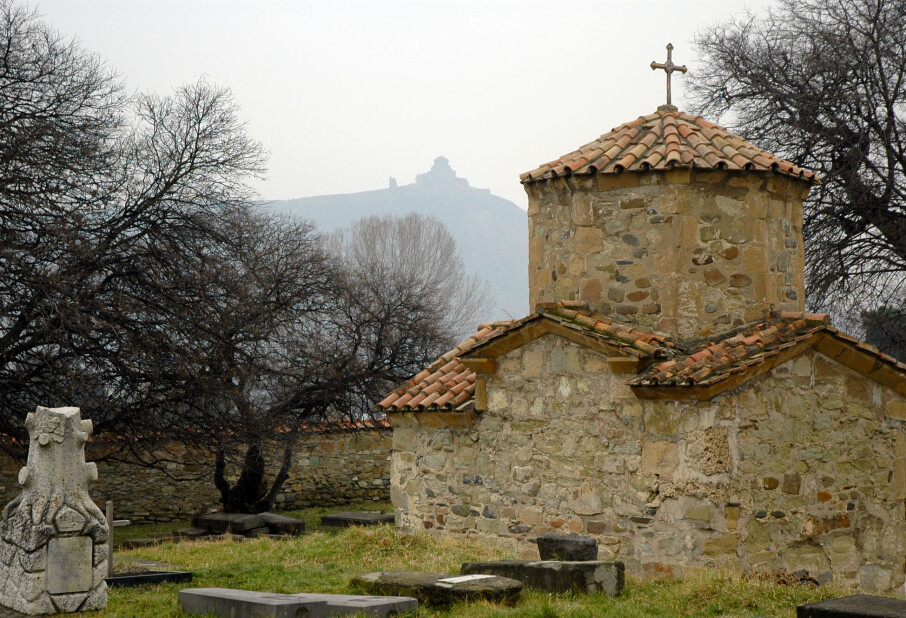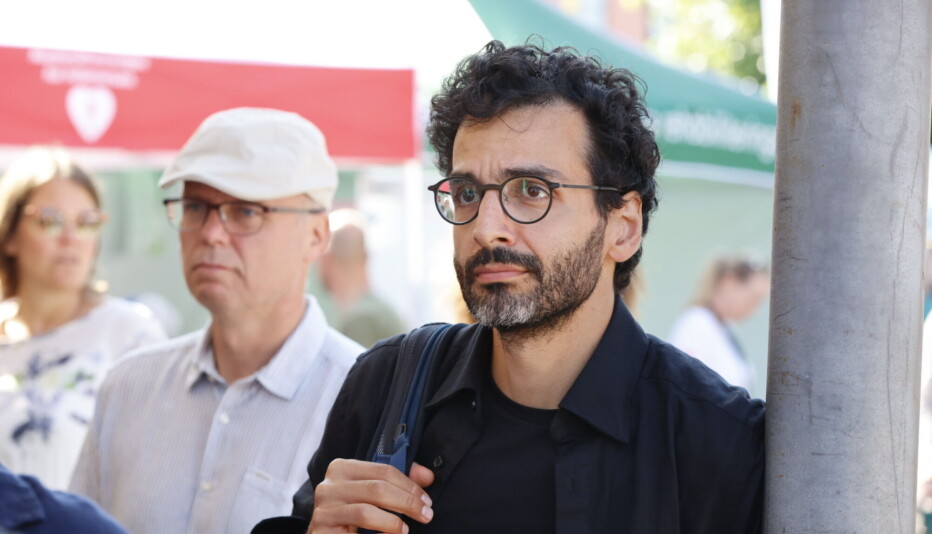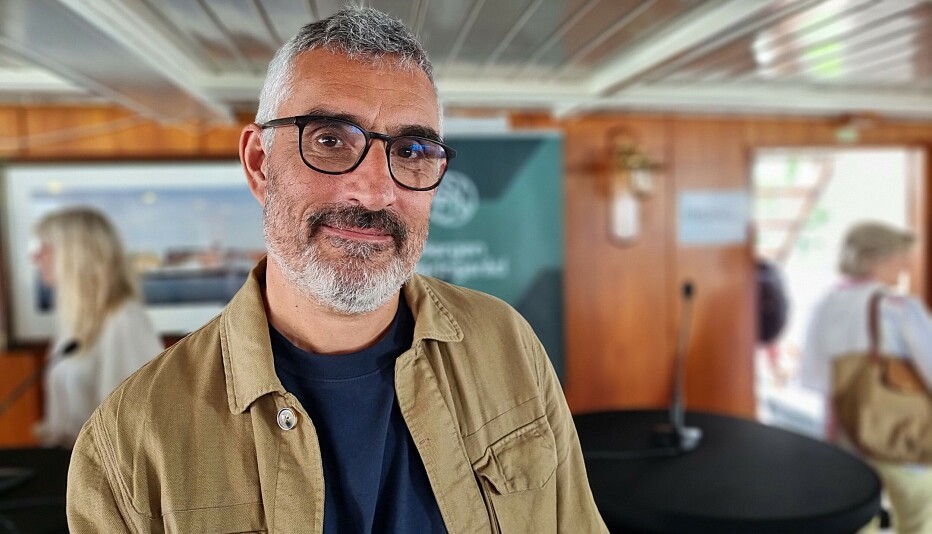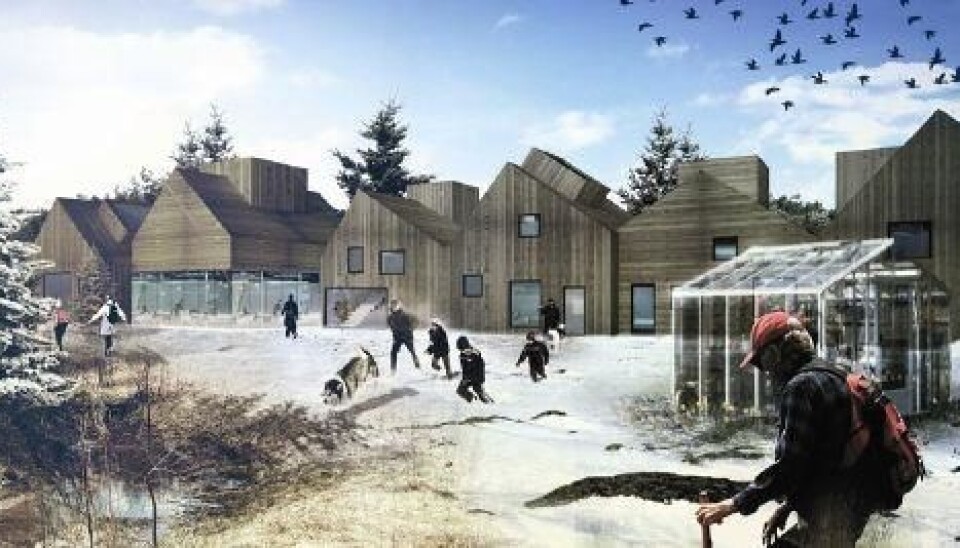
Living the green dream -- a zero emissions city district
The researchers behind a climate neutral housing district in Trondheim often hear their plan blasted as utopian. And it is. But that doesn’t make it impossible or unrealistic.
Denne artikkelen er over ti år gammel og kan inneholde utdatert informasjon.
You leave your house, headed to choir practice or a gym on the other side of town. Your car keys are jingling in your pocket and you plan to drive.
But driving entails taking the “Walk of Shame”. On your way to your vehicle you must walk past an enticing footpath that leads downtown, a heated bicycle shed where your bike is ready to go, a bus stop where busses run every five minutes and if that isn’t enough, a centre for car sharing that is convenient and cheap.
After giving all of these the cold shoulder you reach a subterranean garage, where your car is waiting.
You have just walked at least 400 metres and passed up four good alternatives.
Less than one car per household

This is one of many ideas that have been proposed by researchers and urban planners who are working to create a climate neutral city district called Brøset, in Trondheim.
You would have to actively choose against a verdant pedestrian route, a bike path, collective transport and a car-share opportunity. It won’t be so easy or cheap to opt for your own petrol- or diesel-powered ride.
“The idea is to turn the entire transport hierarchy upside down. Pedestrians and cyclists should be on top, then collective transport and finally automobiles,” says Stig Larssæther, a researcher at the Norwegian University of Science and Technology (NTNU)’s Department of Architectural Design and Management.
The goal of the district is to have less than one car per household.
Reduces climate gasses by nearly 75 percent
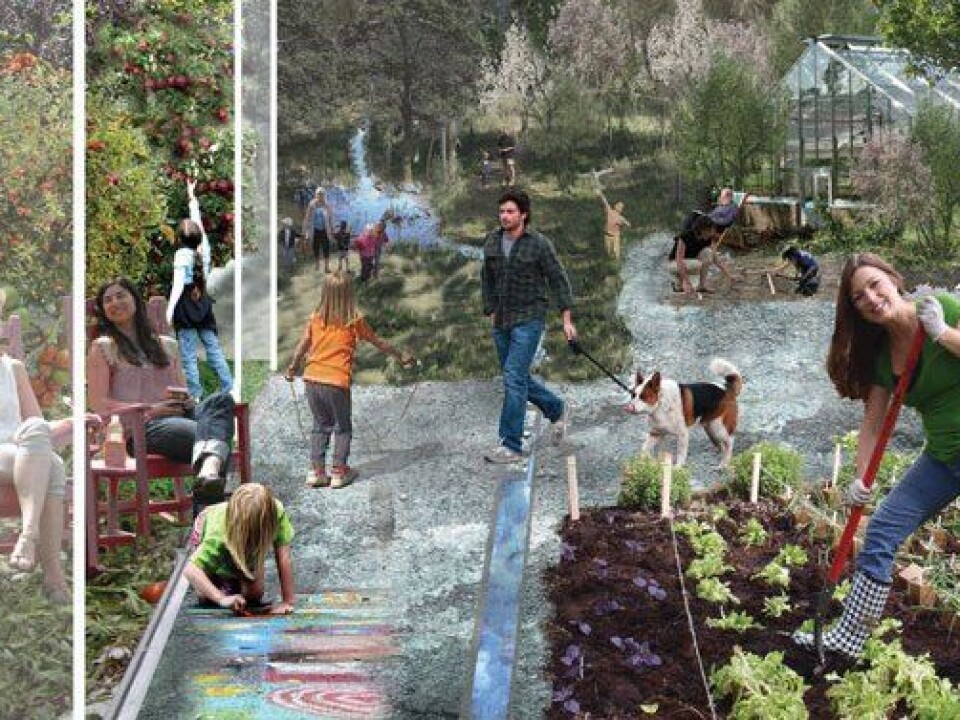
The proposed city district is four kilometres outside of Trondheim and currently consists of a psychiatric hospital, school, kindergarten and parking garage.
The new city district would have 3,000-5,000 inhabitants. That will require the construction of schools, kindergartens and new green areas. If politicians approve the development plan at Brøset the hospital will have to move.
The researchers envisage a city district that can support a lifestyle where each resident produce no more than three tonnes of CO2 per year. An average Norwegian now produces 10-12 tonnes of the greenhouse gas.
Three tonnes of climate gasses per capita is what the UN thinks we have to achieve by the year 2050.
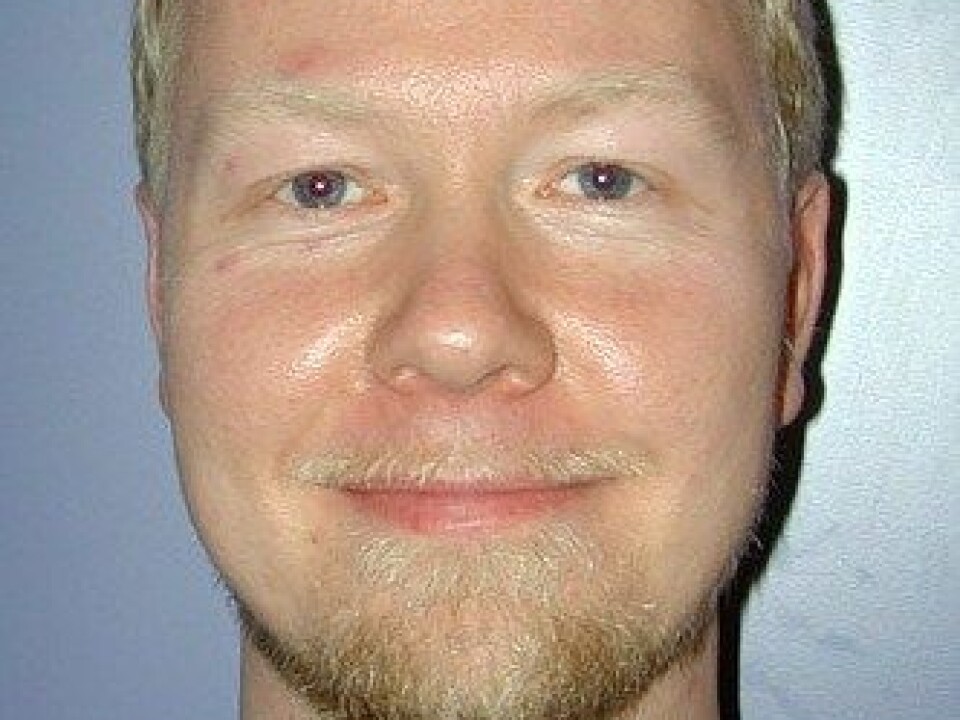
“Brøset is an example of how we can do it,” says Larssæther.
Multidisciplinary planning
Larssæther is a participant in a multidisciplinary research project run by NTNU and the independent research institute SINTEF, which have worked in parallel on plans for the Brøset district.
The researchers asked themselves how urban planning could help promote walking and cycling. Their answer was to provide people with four choices before they had the chance to climb into their own automobiles.
“Having researchers involved during the planning phase has been really beneficial,” says Frederica Miller, an architect and head of the planning committee.
“Climate research and building environments are a difficult mix because nobody has all the solutions. Everything is in the trial stage,” she says.
More focus on the community
Do you interact a lot with your neighbours, or does your relationship boil down to a nod or a “hello” in the stairwell on the way out? If you move into one of the eco-friendly homes at Brøset, chances are that you will become a lot better acquainted with your fellow district residents.
Brøset will have communally shared buildings with extensive common kitchens, sheds for shared tools and equipment, rooms for joint activities and guest rooms for overnight stays.
Every block will include at least one such communal building.
Residents will mainly have their own apartments, but the communal neighbourhood buildings will help promote fellowship and sharing. The researchers point out that a number of different living options will help create diversity and an inclusive neighbourhood.
“Ownership and empowerment are essential here,” says Larssæther. “Residents should have the opportunity to decide how they want to live and that involves being included in the planning and development process.”
We can change lifestyles
The research project found that residents will need initiatives to help them make the lifestyle and attitude changes that will allow them to reduce their climate gas emissions.
“The idea is not to force people to be environmentally friendly. We can’t dictate how people should live,” says Larssæther.
“But this is a way to make it easier for people to elect to live in a more eco-friendly manner. If Brøset can be a place where it’s feasible to get by without owning a car, it would serve as a signal to everyone who wonders if it’s really possible.”
Departure from present society
The researchers behind this environmental nirvana have often heard that their project is unrealistic and is little more than a utopian pipe dream.
“It’s true that Brøset is a utopia, but that doesn’t make it unachievable or unrealistic,” argues Larssæther.
A utopia is an ideal society that would be radically different from how we live today.
“Climate challenges have put discussions of utopias on the agenda. If climatologists are right, we have no viable choice other than to make drastic cuts in our emissions. And we have to make these cuts right away,” Larssæther says.
Growing their own food
The municipality also wants Brøset residents to grow at least some of their own food.
Allotments where people can cultivate vegetables, herbs, berries and fruit will be placed among houses and streets.
“Food supply is a key area where climate gasses can be reduced, so tillable land will be made available. This will help,” says Miller.
Ten percent of the green areas will be dedicated to growing food. Outside of the area which is now a hospital, another 25 percent of the land will be used for food production.
A possible solution
Do we all have to change our lifestyles so we can live more in line with the utopian dream envisioned for Brøset? Is this the right way to face climate challenges and the dystopia they seem to be leading us to?
Surely, many of us will not be selling off our cars and sharing kitchen appliances and lawnmowers with neighbours, or digging up potatoes for dinner.
Is Brøset just for environmental zealots? Larssæther thinks not.
“Most people are very flexible and willing to change,” he says.
“We have to be willing to challenge the ways we’re living today. Brøset gives people a chance to live greener, which a lot of people want to do.”
The urban plan proposal is expected to be voted on by municipal politicians this May. If the plan passes, it will be up to municipal and private investors to implement this vision of a city district with a zero carbon footprint.
Translated by: Glenn Ostling







